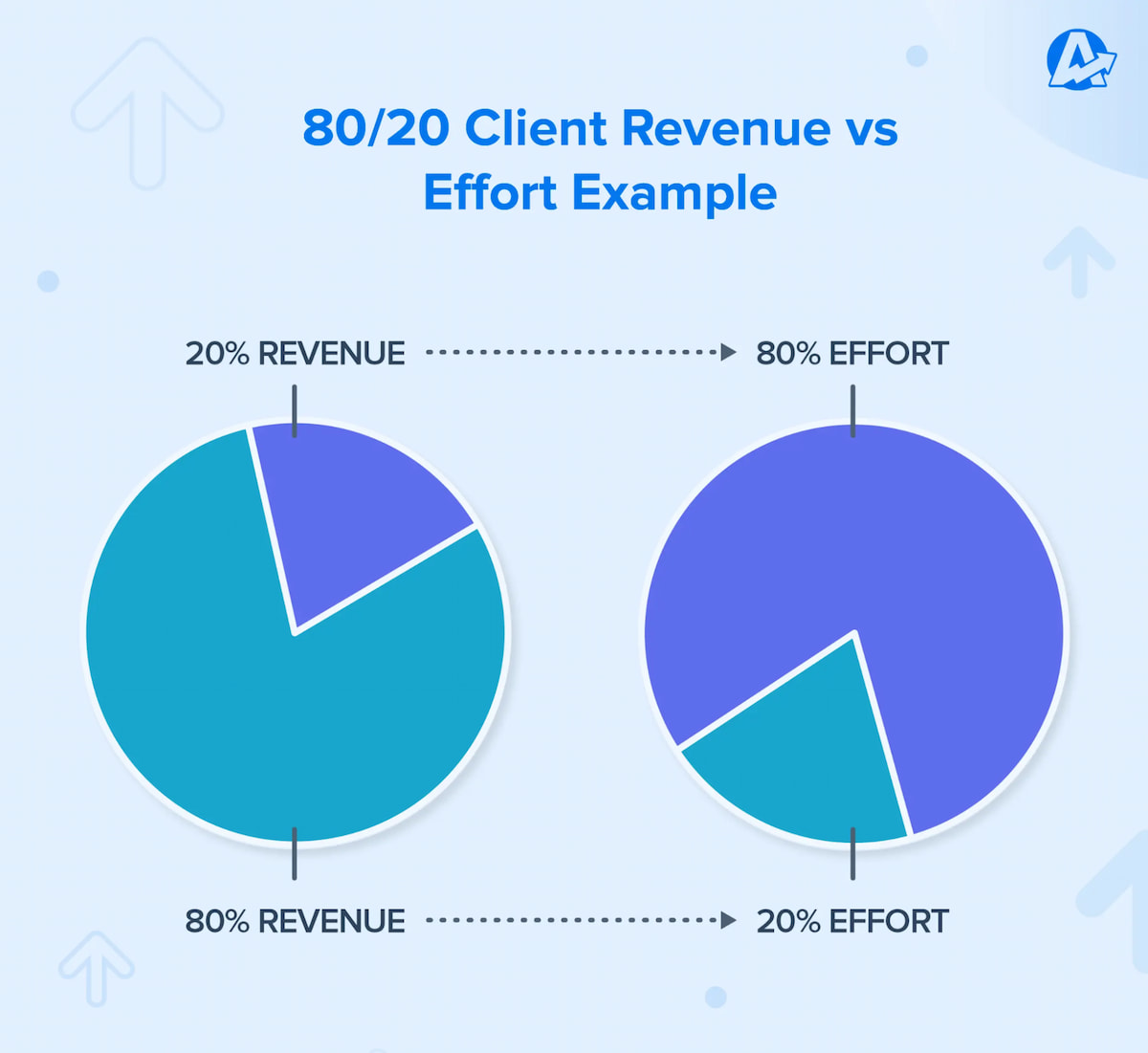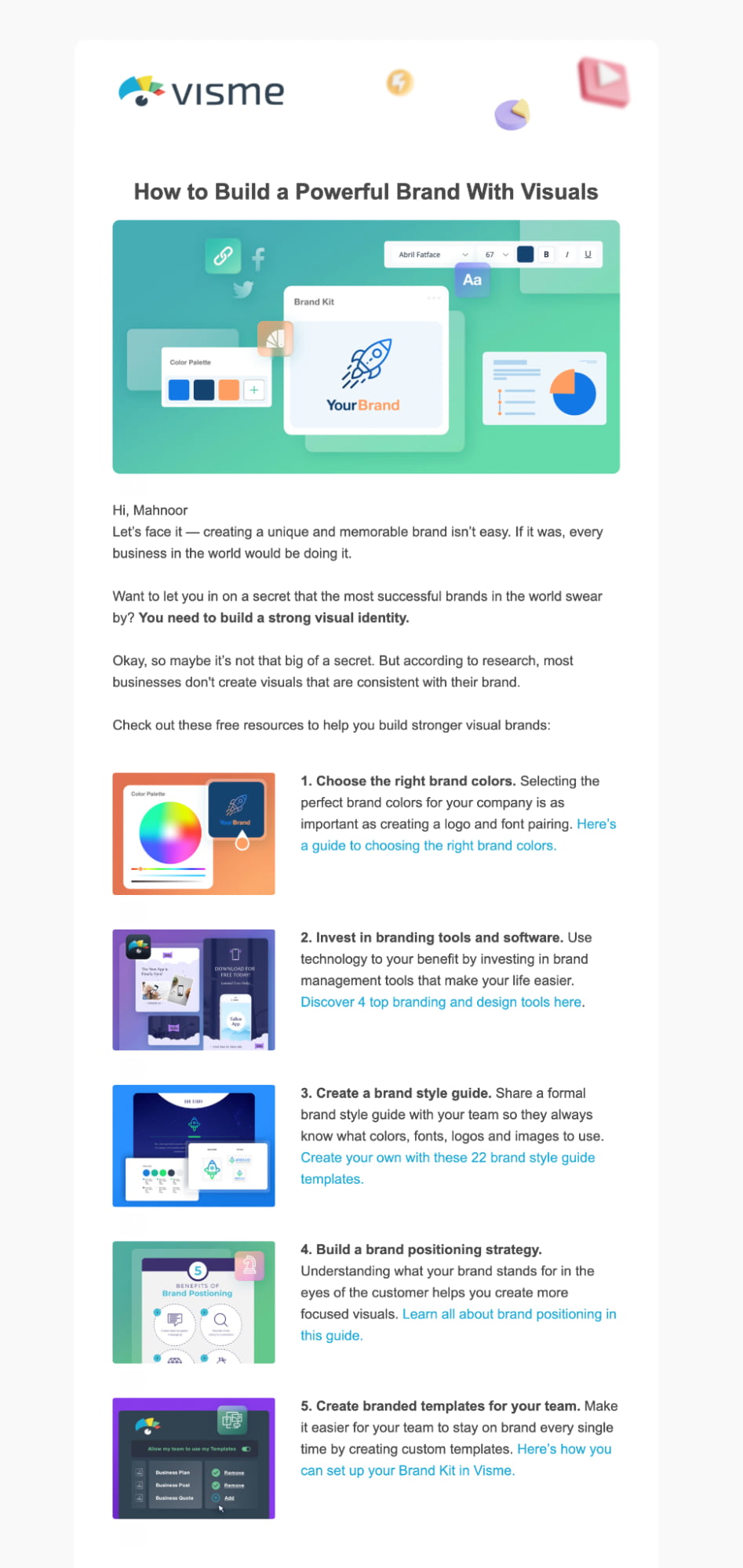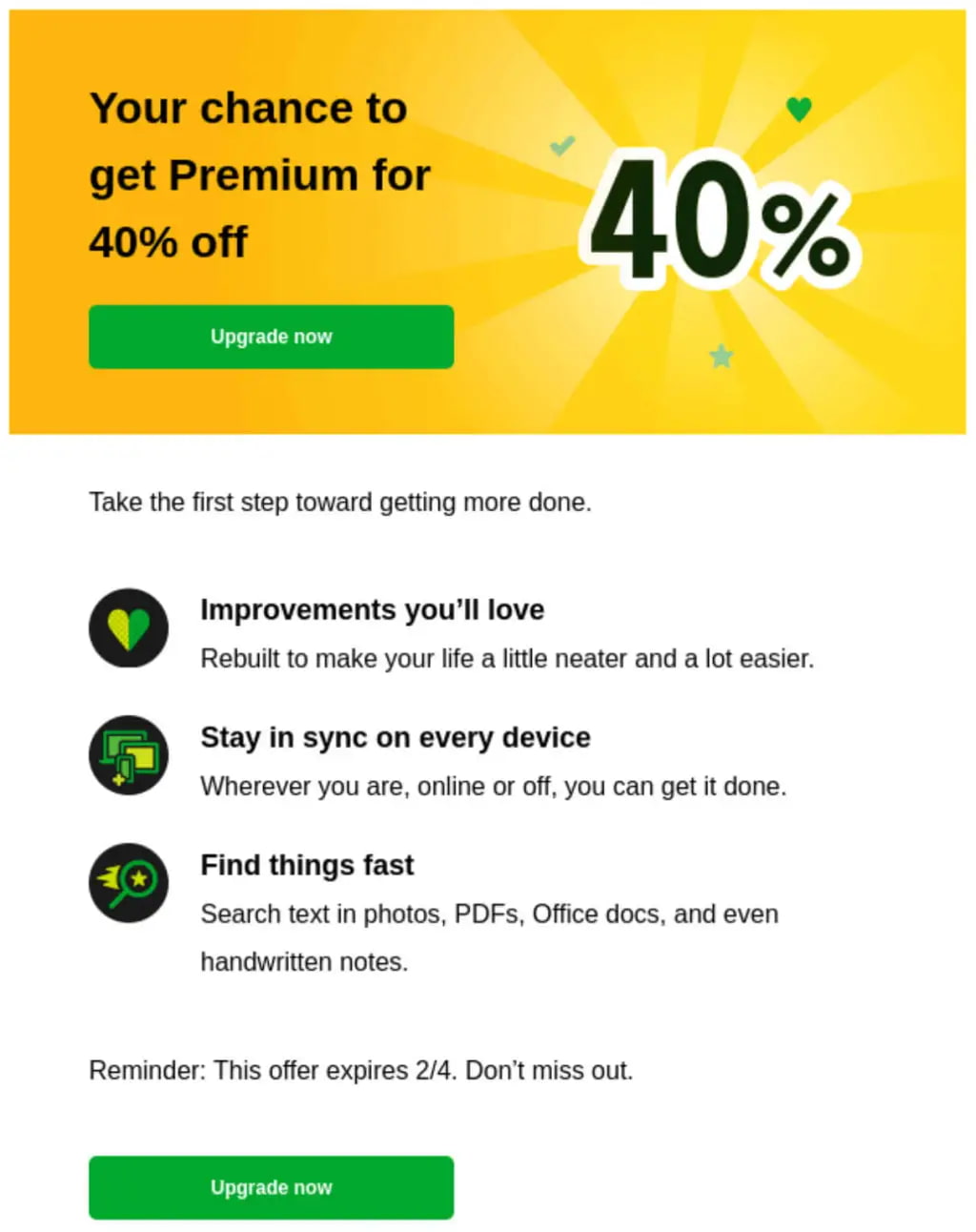Email marketing can seem overwhelming with funnels, automation, and numerous strategies. Yet simple principles often make the greatest difference. One of these is the 80/20 rule. So, what is the 80/20 rule in email marketing? It means that a small share of your efforts or subscribers produces most of your results.
Once you get that, it changes everything. You stop wasting energy on stuff that doesn’t really move the needle and start doubling down on what actually works, whether that’s the content your audience loves, the campaigns that really convert, or the subscribers who are truly engaged. It’s basically a cheat code for working smarter, not harder.
Table of Contents
What is the 80/20 Rule in Email Marketing and How It Works?
Among the many strategies in email marketing, the 80/20 rule is one of the most straightforward. In general, it means that 80% of results come from 20% of effort.
So, what is the 80/20 rule in email marketing when applied to campaigns and subscribers? It shows that a small part of your actions and audience drives most of your results.
Ignoring this can waste time, budget, and creative work on tasks with little impact. Using the rule helps keep email marketing more focused and efficient.
It does not mean sending fewer emails or neglecting subscribers. It means finding the areas that deliver the most value and putting more effort there to improve results.
Pareto’s Principle in Your Inbox
The original observation came from Italian economist Vilfredo Pareto, who noticed that 80% of the land in Italy was owned by 20% of the population. This uneven distribution, he found, was a recurring theme in many aspects of life and business.
Translated to email marketing, this imbalance is everywhere:
- 20% of your subscribers may generate 80% of your revenue. These are your brand advocates, your loyal customers, your eager openers and clickers;
- 20% of your email content drives 80% of your engagement. Perhaps it’s your weekly newsletter, your personalized product recommendations, or your educational content that your audience truly loves;
- 20% of the time you spend on email marketing creates 80% of the impact. Crafting a strong subject line may be that high-impact task, while spending too much time on minor design details is not.
The numbers aren’t always an exact 80/20 split; they may be 90/10 or 70/30, but the basic principle remains: not all inputs are created equal. Your aim is to locate that powerful 20% and focus on it relentlessly.
You can read Personalized Emails, Improved Conversions: 5 Ways To Make It Happen to learn more about how personalization can boost this high-impact market.
The 80/20 Rule Applied to Your Subscriber List
This is perhaps the most critical application of the rule. Your email list is not a monolithic group of identical people. It’s a spectrum of engagement, from superfans to window-shoppers to those who signed up for a lead magnet and have been dormant ever since.
Identifying Your Vital 20%
Your most valuable subscribers aren’t just those who buy the most. They are the ones who:
- Open and click your emails consistently. They are actively engaged with your brand;
- Make repeat purchases. Their lifetime value (LTV) is significantly higher than that of a one-time buyer;
- Reply to your emails. This is a huge signal of trust and connection. They see you as a human, not just a brand;
- Forward your emails to friends or share your content on social media. They are your unofficial marketing team.
How to Cater to This Segment
Once you’ve identified this group (which you can do through segmentation based on open rates, click-through rates, and purchase history), your strategy should shift. This group deserves your “A-game” and exclusive attention.
Here’s how to make them feel special:
- Give them early access to new products or content;
- Send them discounts or rewards you don’t offer anyone else;
- Ask what they think their feedback is gold since they already love what you do;
- A simple, handwritten message of gratitude may make a big difference.
Why bother? Because it’s easier and less expensive to retain a loyal client than to continuously seek out new ones. If you concentrate on making these folks happy, they will remain and continue to spend.
The 80/20 Rule Applied to Your Email Content
It’s critical to determine which emails get the best response from your readership. Marketers often send out a range of newsletters, promotions, re-engagement efforts, and educational updates, but they seldom look at which formats work best.
Analyzing Your Top-Performing 20%
Want to know what actually works in your inbox? Stop guessing and start digging into your numbers. Hop into your email platform and sort your campaigns to find your all-stars.
First, look for your highest open rates. What did those subject lines have in common? Were they asking a question? Funny and playful? Or just straight-to-the-point?
Next, check out the emails with the best click-through rates. What made people actually click? Was it a personal story you shared? A collection of customer photos? A specific kind of promo?
Finally, look at conversion results. Which emails generated the most sales or sign-ups? Was it a limited-time offer or a detailed product update?
You’ll probably start noticing a pattern. Maybe your crowd loves a good story but tunes out hard sells. Or maybe they devour your Tuesday tips but trash your monthly newsletter. Once you’ve determined what works, you can quit wasting effort on what doesn’t.
Doubling Down on What Works
The analysis is useless without action. Once you identify your top-performing content categories, it’s time to lean in.
Create More of Your Winning Content Type
If “how-to” guides get the most clicks, make them a pillar of your content strategy. If personal stories get the most replies, share them more often.
Refine and Replicate Winning Formulas
Deconstruct your best emails. How are they structured? What is the tone? What is the CTA? Use this as a template for future campaigns.
Stop or Reduce What Doesn’t Work
This is the hardest but most necessary part. Have the courage to kill underperforming email formats or topics that consistently generate low engagement. That monthly newsletter nobody reads? Repurpose that effort into creating another piece of content your audience demonstrably loves.
This doesn’t mean you should never experiment. You absolutely should. But your baseline, your regular sending schedule, should be heavily influenced by the 20% of content that delivers 80% of your results.
The 80/20 Rule Applied to Your Time and Strategy
Email marketing often requires considerable time. Marketers may invest hours in designing templates, adjusting copy, and segmenting lists, but they may not see much progress toward their ultimate goals. The 80/20 rule poses an important question: Are you concentrating on the tasks that drive the greatest results?
High-Leverage Activities (The 20%)
Your high-leverage activities are the few tasks that deliver most of your results. Focus here first.
- Strategy & Planning: Spending time outlining clear goals and creating a smart schedule is more beneficial than speeding through emails;
- Writing Subject Lines: This is what determines if your email is opened. Testing and upgrading them is one of the most productive uses of your time;
- Audience Segmentation: Sending targeted communications to certain groups of subscribers boosts engagement and income greatly as compared to blasting everyone;
- Reviewing Performance Data: The only way to truly improve is to examine your statistics to determine what worked and what did not. This indicates where you should focus next.
Low-Leverage Activities (The 80%)
These are the tasks that take up a lot of your time yet do not help you attain your core goals.
- Over-designing emails: For most industries, a simple, clean template works fine. Don’t waste an hour adjusting minor design details that most subscribers won’t even notice;
- Creating segments that are too small: Building a tiny, hyper-specific audience for a single campaign often takes more time than the results are worth;
- Constantly checking metrics right after a send: Refreshing your analytics every five minutes right after an email goes out is inefficient. It creates unnecessary stress and doesn’t give you enough data to make actual decisions.
Applying the Rule
Here’s a thought: Audit your week. Are you stuck on tasks that don’t make a big impact? If you can automate it (like a nurture sequence) or template it, do it! That’s how you buy back time for your big ideas.
Beyond the Basics: A Holistic 80/20 Approach
The 80/20 mindset shouldn’t stop at subscribers, content, and time. Consider these other applications:
Product Sales
It’s likely that 20% of your products or services generate 80% of your revenue. Feature these prominently in your emails. Create content around these winners.
Traffic Sources
Where did your top 20% of subscribers come from? Did they sign up from a specific lead magnet, a webinar, or a particular social media platform? Double your efforts on those acquisition channels.
Timing and Frequency
Analyze if 20% of the days or times you send emails generate 80% of the engagement. Perhaps emails sent on Tuesdays at 10 AM consistently outperform.
Don’t Overlook the Other 80%
The 80/20 rule helps you focus, but it doesn’t mean ignoring the rest of your audience.
The other 80% of subscribers still matter, and the goal is to move more of them into your most engaged group. You can do this by:
- Using onboarding sequences to show value early;
- Running re-engagement campaigns for inactive contacts;
- Sharing useful content consistently to build stronger habits.
Keep testing and reviewing results. What works for your top 20% now may change as behavior and market conditions shift, so updating your analysis regularly is essential.
Conclusion
What is the 80/20 rule in email marketing? It is a practical way to assess your efforts and identify what genuinely drives success.. Find that 20% the subscribers who love you, the emails that get clicks, the tasks that actually move the needle and pour your energy there. Forget what’s not serving you.
When you do that, you stop wasting time. You see better results. You connect better with your audience. And maybe most importantly, you make your email marketing sustainable and even enjoyable again.


